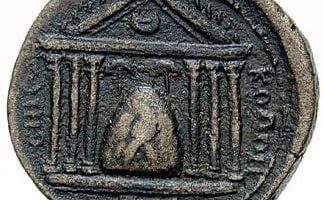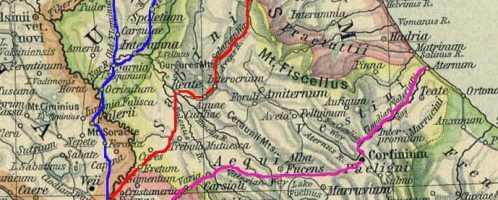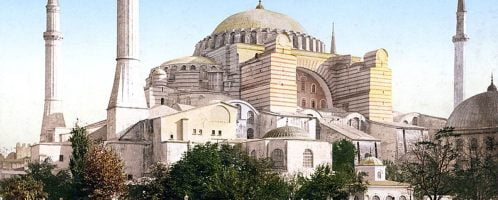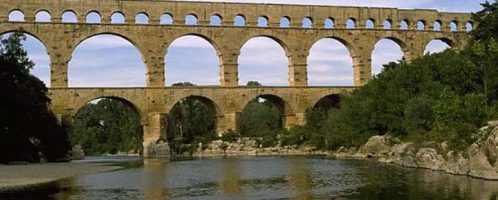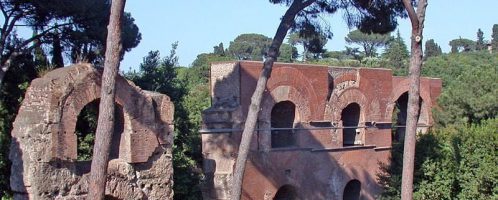Black stone from Emessa
Elagabalus was less than fourteen years old when he ascended the throne on May 16, 218 CE. Lost, he sought support from a god – El Gabal, whom he had served until recently. He brought from Emessa the black stone symbolizing Baal (most likely a piece of a meteorite; Herodian mentions that it “fell from heaven”) and made sacrifices before him, killing sheep and cows with his own hands.

